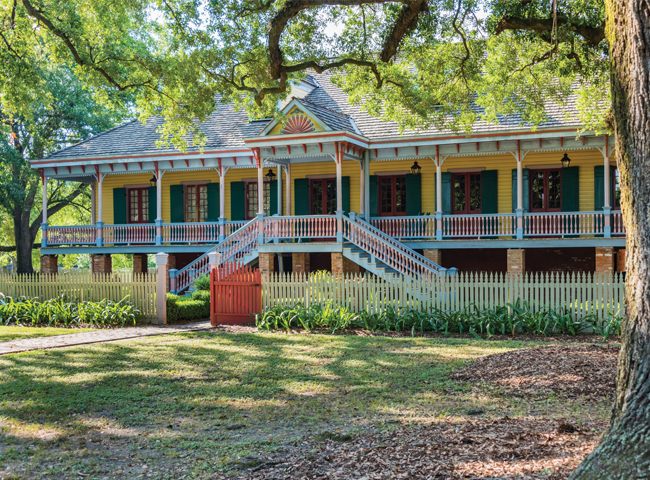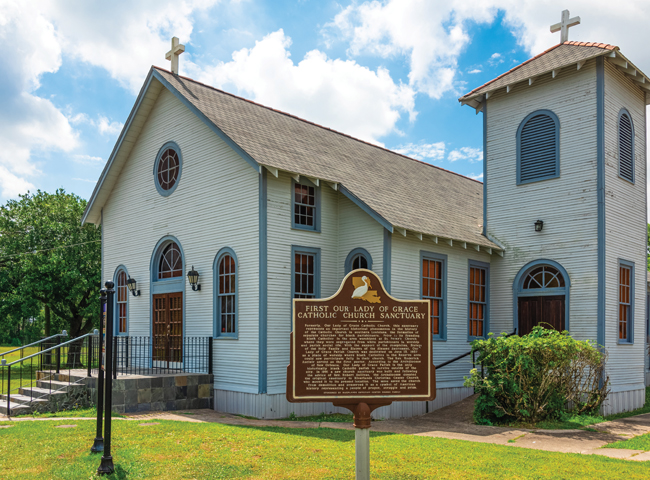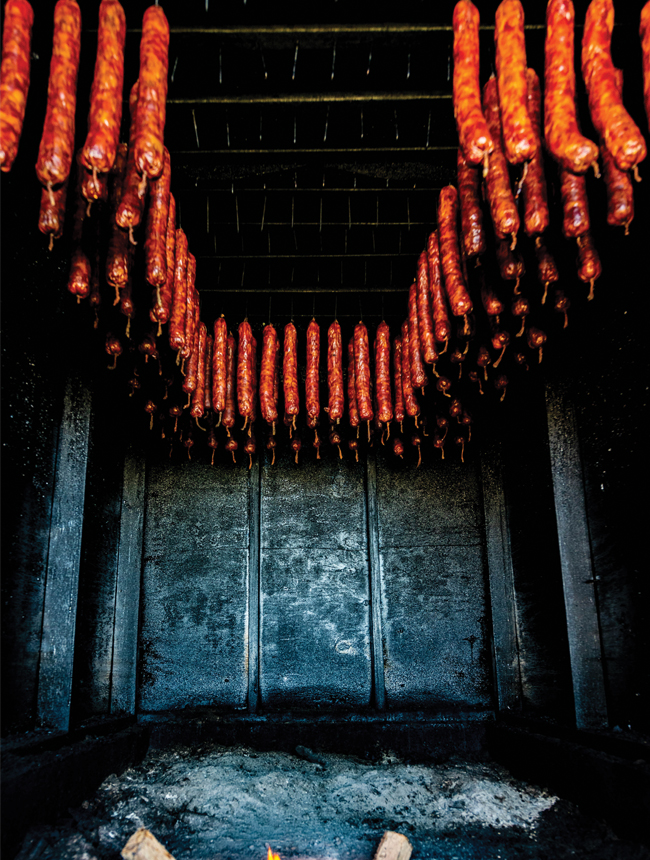By Elaine Warner
New Orleans Plantation Country – quick, what’s the first thing you think of? I’ll bet its ancient live oak trees dripping with Spanish moss and mansions with tall columns. You’ll find those here, but, as I discovered, there’s lots more to this area. You’ll find an amazing mix of cultures and traditions and stories of communities that most history books skipped over.
You’ll visit Laura, a Creole plantation, with a strong French heritage and a history of strong women. And you’ll also learn about the complex relationships between the owners and the enslaved whose backs supported the plantation. You’ll learn about the Creole way of life, established before the Louisiana Purchase, which dominated the area for 200 years – and of Laura, who left her home to embrace a new way of living. The docents told a complete story of plantation life – the good, the bad and the ugly – history as it should be told.
The face of Whitney Plantation may be the 1790 mansion, but the heart of the story here is told from the perspective of the enslaved. I was touched by the statues of enslaved children incorporated into the exhibits. From panels describing the roots and routes of the slave trade to a video about what it’s like to be someone’s property, you’ll come away with a deeper understanding of history – more realistic than romantic.
A guided tour takes you through the “Big House” and outside to the oldest detached kitchen in Louisiana, slave cabins and the last surviving French Creole barn in the state. And you’ll see memorials to the enslaved and their children who died in the parish.
With so many historic plantations in the area, picking just a few is difficult. At Destrehan you can see artisans demonstrating skills used on the plantation. Oak Alley is the picture of Southern elegance with a great tour and informative exhibits on its inhabitants and the foundation of its prosperity – sugar cane. Other plantations also have tours.
For a tour of another sort, take a Soul River musical journey through African-American music from spirituals to jazz, blues and more contemporary expressions at Historic Riverlands Christian Center Church. Guests gather in the historic Our Lady of Grace Catholic Church dedicated in 1937 for an all black congregation.
Go from blues to the bayou with a pontoon or airboat swamp tour. Choose a fast ride or a leisurely glide past lazing alligators and beautiful birds.
It wouldn’t be Louisiana without some great cuisine. From fresh, smoked andouille at one of the local smokehouses to an eating experience at Oak Alley or Ormond Plantation, no one leaves Louisiana hungry.
So, what can your group expect in New Orleans Plantation Country? Spanish moss, historic homes, and magnolias – but, oh, so much more!

Laura Plantation, Louisiana’s Creole Heritage Site

Historic Riverlands Christian Center Church

smoked Andouille sausage










